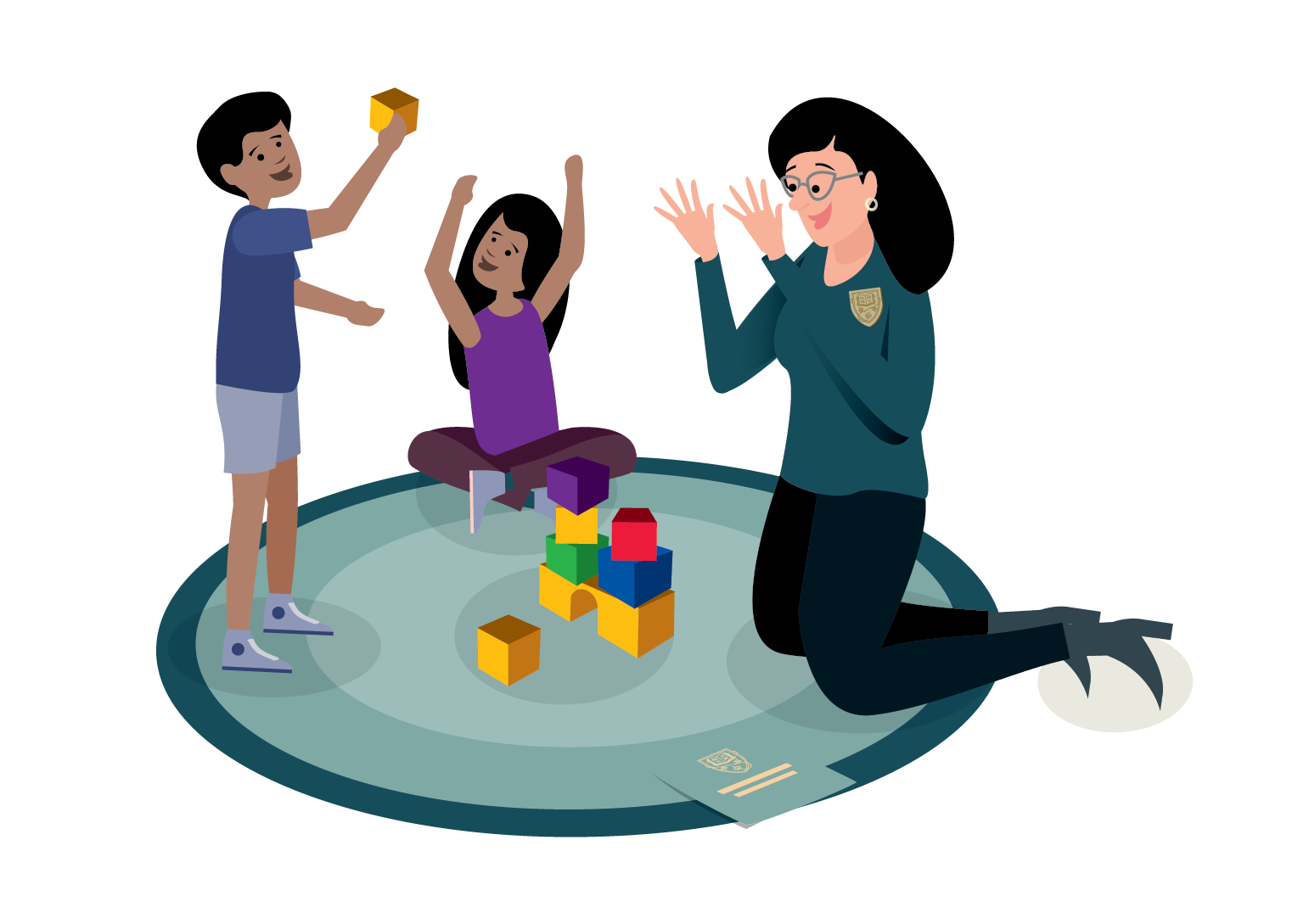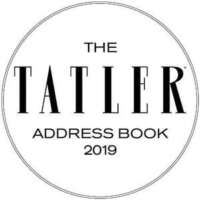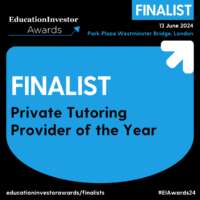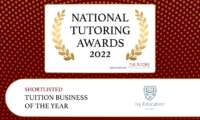Expert Insights
Building a Good Homeschool Curriculum
Published 23rd August 2024 by Alastair

Homeschooling in the UK: Crafting the Perfect Curriculum for Your Child
Homeschooling in the UK has seen a significant rise in recent years. As more parents seek personalised educational experiences for their children, the appeal of homeschooling grows. The flexibility, control, and tailored learning it offers are just a few reasons many families turn to this alternative education method. However, homeschooling success hinges on a well-structured and thoughtfully selected curriculum.
Creating a curriculum that suits your child’s learning style, interests, and future goals is no easy task. In this blog, we will guide you through the essential steps to choosing the right homeschool curriculum, exploring various methods, and tailoring the experience to fit both your child’s needs and your teaching preferences.
Before diving into the world of homeschool curriculums, it’s essential to understand what a curriculum entails and how it fits within the broader educational framework. The UK National Curriculum serves as a helpful reference point, offering a structured approach to education with clear objectives across key stages. However, homeschooling allows for far more flexibility than traditional schooling. This flexibility means you can adapt the curriculum to match your child’s pace, interests, and learning style, making it possible to provide a truly personalised education.
Involving your child in the curriculum selection process is crucial. Understanding their preferences, strengths, and areas they might need extra help with can significantly influence the curriculum choice. A child engaged in their learning journey is more likely to thrive, making their input invaluable in this decision-making process.
We have also written a comprehensive guide on the benefits of homeschooling, which you can read here.
Content Selection: Decide whether you’ll follow a self-selected curriculum or involve your child in choosing the subjects and materials. This choice will impact the flexibility of your homeschooling approach.
Curriculum Types: Choose between purchasing individual courses for core subjects, such as maths, science, and English, or opting for a whole-package curriculum that covers multiple subjects in a cohesive manner. Both approaches have their advantages, and the decision will depend on your child’s needs and your teaching preferences.
Homeschooling offers a spectrum of educational methods, each with its unique philosophy and approach. Understanding these different styles is key to finding the best fit for your child. Researching educational philosophies, such as Montessori, Reggio Emilia, or the Charlotte Mason Method, can provide insight into how each approach addresses learning.
Below, we’ll explore five popular homeschooling styles, each with distinct characteristics, benefits, and considerations.
The School-at-Home method closely mirrors the structure of traditional schooling, making it a familiar option for many parents. This approach involves using a set curriculum that aligns with the national curriculum, ensuring that your child keeps pace with their peers in a conventional school setting.
One key benefit of the School-at-Home method is its structure. It provides a clear daily routine and set learning objectives, which can reassure parents and children.

Classical homeschooling is rooted in ancient educational practices and focuses on developing critical thinking skills through a rigorous and structured approach. The method is divided into three stages: grammar, logic, and rhetoric:
Grammar Stage: Typically for younger children, this stage focuses on memorisation and learning the foundational elements of each subject
Logic Stage: As children mature, the focus shifts to analytical thinking and understanding the relationships between different pieces of information.
Rhetoric Stage: For older students, this stage hones their ability to express their ideas clearly and persuasively;
This method emphasises subjects like reading, modern languages, and history, creating a well-rounded education emphasising classical texts and structured learning. While it is more controlled and less flexible than other methods, it allows room for creativity, particularly in the Rhetoric Stage.
This method emphasises subjects like reading, modern languages, and history, creating a well-rounded education with a strong emphasis on classical texts and structured learning. While it is more controlled and less flexible than other methods, it allows room for creativity, particularly in the Rhetoric Stage.
The Montessori Method, developed by Dr. Maria Montessori, is an educational approach that emphasises independence, hands-on learning, and child-led exploration. This method is particularly popular with younger children but can also be adapted for older students.
Montessori homeschooling focuses on creating a prepared learning environment where children can explore materials that interest them. The curriculum is not rigid but guided by the child's natural curiosity and developmental stages. Learning is often self-directed, with children choosing activities from various options carefully designed to promote cognitive, physical, and social development.
The Montessori Method values practical life skills alongside academic subjects. For example, children might spend time learning to cook, clean, or garden, in addition to studying maths, language, and science. The emphasis is on learning by doing, which helps children develop a deep understanding of concepts through experience rather than rote memorisation.
Parents who choose the Montessori Method for homeschooling often invest time in creating a prepared environment at home, filled with educational materials and tools that foster exploration and discovery. This approach is ideal for families who value independence, creativity, and a holistic approach to education.
Project-Based or Unit Studies is a homeschooling method inspired by the Reggio Emilia Approach, which advocates for an integrative approach to education. This method combines multiple subjects into thematic units or projects, making learning more cohesive and interconnected.
For instance, a project on the Roman Empire might include history, geography, literature, and even art, all within a single unit. This approach encourages deeper understanding and retention by allowing children to explore a subject from multiple angles. However, significant parental involvement is required in planning and executing these projects, making it a better fit for parents who can be highly engaged in their child’s education.

The Charlotte Mason Method is named after the 19th-century British educator Charlotte Mason, who advocated for a broad and rich education that fosters curiosity and a love for learning. This method emphasises literature, the arts, and time spent outdoors, often incorporating “living books”—well-written and engaging books, as opposed to dry textbooks.
The Charlotte Mason Method values short lessons, typically 15-20 minutes for younger children and 30-45 minutes for older students, to maintain focus and prevent burnout. It also encourages nature walks, journaling, and hands-on activities that bring learning to life. This approach is ideal for parents who want to cultivate a love for learning in their children while ensuring a well-rounded education.
Selecting the right homeschool curriculum involves more than just choosing a method; it requires tailoring the educational experience to your child’s unique needs and interests.
3.1Understanding how your child best learns is crucial. Although this model has seen criticism amongst scholars in recent years, the VARK model, for Visual, Auditory, Reading/Writing, and Kinesthetic, can help you identify how your child learns best.
The learning styles associated with the VARK model are:
Visual Learners: Benefit from diagrams, charts, and other visual aids.
Auditory Learners: Prefer listening to explanations and discussing concepts.
Reading/Writing Learners: Thrive on text-based learning, such as reading and writing.
Kinaesthetic Learners: Learn best through hands-on activities and movement.
In practice, you should expose your child to as many learning methods as possible for a well-rounded learning experience.
Incorporating your child’s interests into the curriculum is another effective way to keep them engaged. Interest-led learning allows your child to explore topics they are passionate about, which can lead to a deeper understanding and a love for learning. For instance, if your child is fascinated by space, you could integrate astronomy into their science lessons or explore the history of space exploration in their history curriculum.
Another critical factor is your child’s current academic level and future aspirations. The curriculum should be challenging enough to push your child to new heights but not so difficult that it becomes overwhelming.
As your child approaches Key Stage 4, choosing subjects for GCSEs or A-Levels becomes particularly important. Aligning the curriculum with your child’s future career aspirations can help them stay motivated and focused. For example, if your child is interested in a career in engineering, you might place a greater emphasis on maths and physics, ensuring they are well-prepared for further education and training in that field.
Homeschooling is a commitment, and choosing a curriculum that fits your child’s needs and aligns with your teaching preferences and capabilities is essential.
We've written a guide to help you understand the key benefits of homeschooling and why it may be an option for you over traditional homeschooling.
Your preferred teaching style plays a significant role in selecting a curriculum. If you thrive on structure and routine, the School-at-Home method might be a good fit. On the other hand, if you enjoy exploring topics in depth and prefer a more flexible approach, Project-Based or Unit Studies might be more suitable.
Consider your strengths as a teacher. Are you particularly strong in certain subjects? If so, you might choose to focus on those areas and seek external resources or tutors to support subjects where you’re less confident.
Recognising your limitations is also important. No parent is an expert in every subject, and that’s okay. Identifying areas where you might need help allows you to seek out resources or support to fill those gaps.
For example, if you’re homeschooling a child who struggles with maths, you might consider enlisting the help of a tutor. Ivy Education offers specialised tutoring services that can complement your homeschooling efforts, providing your child with expert guidance in areas where you might feel less confident.
Homeschooling requires careful time management, especially if you’re balancing other commitments. Establishing a budget for homeschooling is crucial. This includes considering the costs of curriculum materials, educational resources, and any additional support services you might need.
Prioritising subjects and setting realistic goals can help you manage your time effectively. It’s also important to balance the time spent on academics with other activities, ensuring your child has a well-rounded education that includes physical education, arts, and social interactions.
Integrating all these considerations is the final step in choosing the right homeschool curriculum. The ideal curriculum will fit your child’s needs, align with your teaching preferences, and suit your family’s lifestyle and goals.
Remember, there’s no one-size-fits-all solution. Homeschooling allows you to mix and match different approaches, resources, and methods to create a bespoke education plan that works for your family.
Choosing the right homeschool curriculum is a journey that requires careful thought and consideration. By understanding your child’s learning style, interests, and future goals, and by aligning these with your teaching preferences and capabilities, you can create a curriculum that supports your child’s academic growth and personal development.
Exploring the various homeschooling styles and methods discussed in this article will help you find the best fit for your family. Ivy Education is here to support you if you’re feeling overwhelmed or unsure where to starttutors can provide guidance and tailored educational resources to help you navigate the world of homeschooling with confidence.
We are experts in providing bespoke online and in-person one-to-one homeschooling. Contact us today to learn more.
Contact Us 8.0 TopWhile it’s not mandatory to follow the National Curriculum when homeschooling in the UK, many parents choose to use it as a guideline to ensure their child’s education is on par with traditional schools. However, homeschooling allows for flexibility, and you can adapt the curriculum to better suit your child’s learning style and interests.
To decide on the right homeschool curriculum, consider your child’s learning style, interests, and academic level. Involve your child in the decision-making process to ensure they are engaged and motivated. Research different homeschooling methods to find one that aligns with your family’s educational goals.
Keeping your child motivated while homeschooling involves creating a curriculum that is both challenging and engaging. Incorporate their interests into lessons, provide opportunities for hands-on learning, and set achievable goals to maintain their interest and enthusiasm for learning.
There are numerous resources available for homeschooling children with special needs. These include specialised curriculum materials, online support groups, and professional services such as educational therapists and tutors. Tailoring the curriculum to meet your child’s unique needs is essential for their success.
Regular assessments and evaluations are key to ensuring the effectiveness of your homeschool curriculum. This can include formal testing, but also informal assessments such as observing your child’s progress, reviewing their work, and seeking feedback from your child about their learning experience.














